Hi, friends! Today I have an awesome post for you guys by one of my good friends, Brandon Day, CPT, CES, MS. Brandon and I worked at Life Time together in 2015 and stayed friends ever since. Brandon has helped me recover from many back flares and injuries in a safe and effective way when I wasn’t sure what to do, which I got amazing results from. Today Brandon is stopping by to share with you an awesome workout you can do on your off days to melt away aches and pains, enjoy!

If you experience pain in your low back, knees, or shoulders on a regular basis, or even just every once in a while during a workout, there’s a chance that the joint in pain may not be the whole problem. Dysfunction at joint rarely happens in isolation.
The joint by joint approach is a term coined by Gray Cook, to describe the kinetic chain dysfunctions that can happen in the body, causing faulty recruitment patterns and pain.
The kinetic chain refers to the joints of the body as they go up and down, connected by the muscles and bones, some of which cross more than one joint.
The joints of the kinetic chain include the ankle, knee, hip, low back, thoracic spine (mid back), shoulder, and neck.
The joint by joint layout alternates between mobility and stability, with each joint prone to a specific kind of dysfunction:
- The ankle needs to be mobile, but often times gets stiff
- The knee needs to be stable, but often times gets sloppy
- The hips need mobility, but get stiff
- The low back needs stability, but gets sloppy
- The thoracic spine needs mobility, but gets stiff, and
- The shoulder needs stability, but often gets sloppy.
Let’s use the hip and ankle as examples for how the knee and low back can often times end up in pain.
When you have a stiff ankle, and it can’t move in the proper range of motion that it needs to, then as you walk, run, squat, lunge, or do anything involving moving your legs, in order to get the required range of motion out of the leg, you will have to compensate somewhere. This is going to happen with the joint closest to the ankle (adjacent) which is the knee.
Because the ankle is stiff and can’t move enough, the knee will compensate, and move more than it is supposed to, often times collapsing inward, which leads to a sloppy joint, and eventually pain.
And it works from the top down as well. When the hips get too tight from sitting all day at your desk, and then straight home to sit on the couch, after sitting in traffic in your car, your hips get stuck in a flexed position, and the muscles of your hip tighten up (or lengthen in the case of the hamstrings oftentimes). When the hip gets stiff, you can’t take it through its full range of motion when you walk, squat, run, and lunge, and again, your knee (and also your lumbar spine) have to make up ground, and move more than they’re meant to.
Until you loosen up these stiff joints, that nagging pain in your lower back and that “tendinitis” in your knees will keep hanging on like a bee on a honeycomb until you address the root of your problems.
The first thing you need to do is find out where you are tight and stiff, and loosen those areas up. Then we’ll work on solidifying that new range of motion with some targeted exercises, and then integrate this new recruitment pattern into some stability exercises for the sloppy joints that are in pain.
Think of it like this:
- Mobility
- Activation
- Integration (or stability)
There are many ways to improve your mobility, but I’m going to give you one exercise for each joint that tends to get stiff, one exercise for each underactive muscle, and one integration/stability exercise for those sloppy joints like your low back, knee, and shoulder.
Mobility:
Ankle Mobility.
Keep the heel down as you push the knee forward over the toes. Push the knee outside the pinky toe. Use a dowel to guide your knee.
Hip Mobility Exercises
Exercise 1: Lizard with rotation (adds in the T spine rotation)
- Start in a lunge and drop the inside elbow.
2. Swing the inside arm up toward the ceiling, without letting the knee collapse in.
Exercise 2: 90/90 Stretch
- Hips and knees are at 90º.
2. Rock forward and backward feeling a stretch in both hips. (perform on both sides)
T Spine Mobility Exercises
Exercise: cat/cows
- Start in a quadraped position. Shoulders over hands, hips over knees.
2. Push your tailbone to the sky, belly button to the ground, and your chest forward. Shoulder blades pull back and down, and eyes to the sky.
3. Round your back and tuck your tailbone under. Touch your chin to chest.
Activation: Anterior tibialis
Exercise: Deep squat balance with the post to hold on to
1. Get into a deep squat and straighten your back as much as you can.
2. Try to let go of the pole and balance. Keep your knees forward and your heels on the ground. You should feel this in the front of your shins.
Glutes Activation
Exercise: Bridges
- Lay down with knees bent.
2. Push through your heels and don’t let your low back arch.
3. Progress to a 1-leg bridge when standard bridges are too easy.
Transverse Abdominus and Core Activation
Exercise: Dead Bugs
Keep your low back pressed into the floor.
Scapula Stabilizer Exercise
Exercise: Superman with Retraction/Cobras
Pull the shoulder blades back and down, and point the thumbs to the sky. Tuck the chin.
Pull the shoulder blades down and in, making a ‘W’ shape with the arms.
Integration/stability Knee:
Exercise: Single Leg Squat
Keep the hips square (don’t let the hip drop or hike up). Don’t let the knee collapse in, and only go down as far as you can with good form.
Exercise: Single Leg RDL
Don’t let the knee collapse in, and keep the hips square to the ground with a flat spine.
Integration/Stability Low Back
Exercise: Bird Dog
Avoid arching your low back. Push your heel to the wall, and feel it in your glutes and abs. Keep the hips square and press your hand into the ground.
Integration/Stability Shoulder
Exercise: T Pushups
This structural balance workout should be done 2-3x/week, on your off days.
Mobility work: 10-15 reps of dynamic mobility work
Activation work: 12-20 reps, with a good hold and mind-muscle connection
Integration work: 6-12 reps, with light or body weight, focusing on perfect form, and making that mind-muscle connection. Think about the muscles that should be activating, and focus on controlled, slow movements.
Add this workout into your weekly routine and watch your aches and pains melt away!
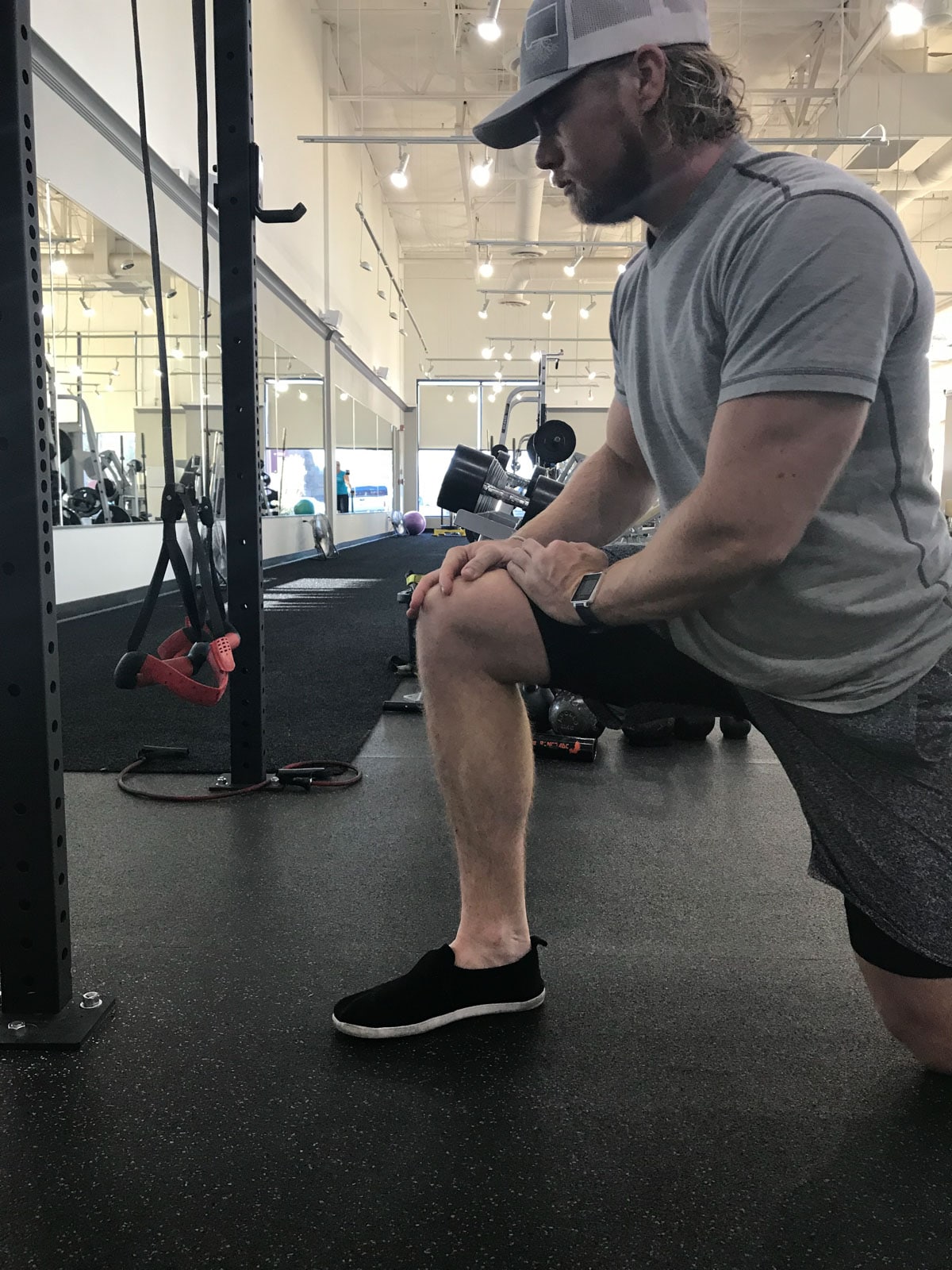


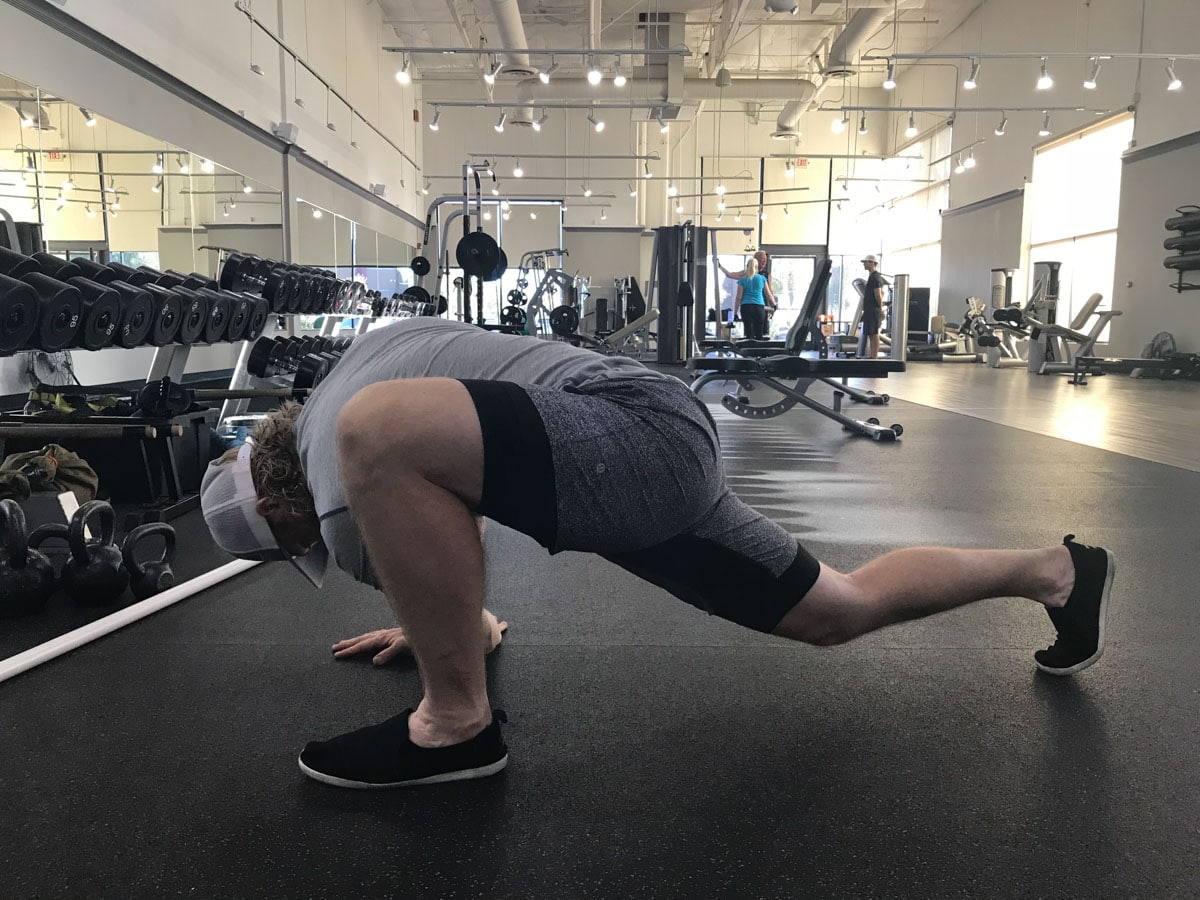
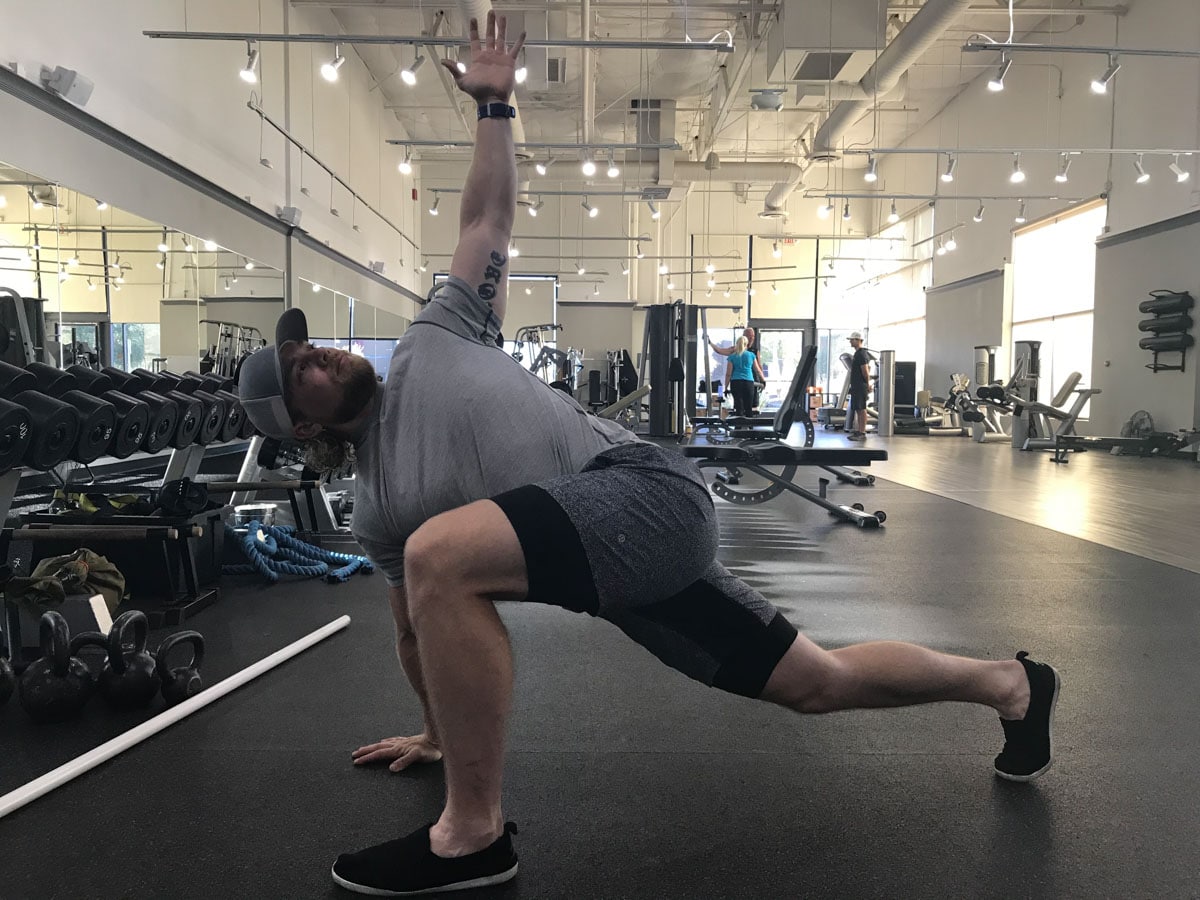

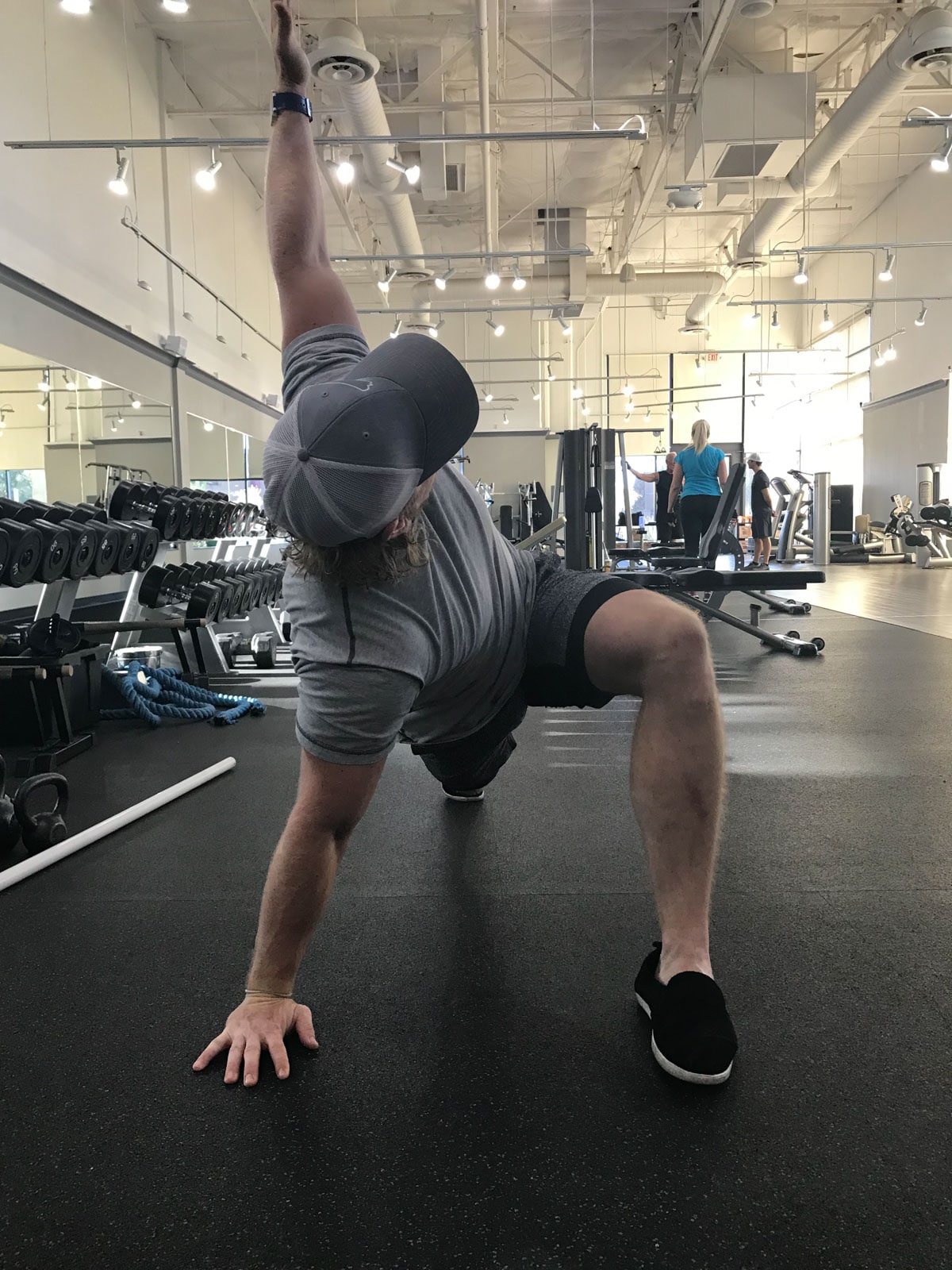
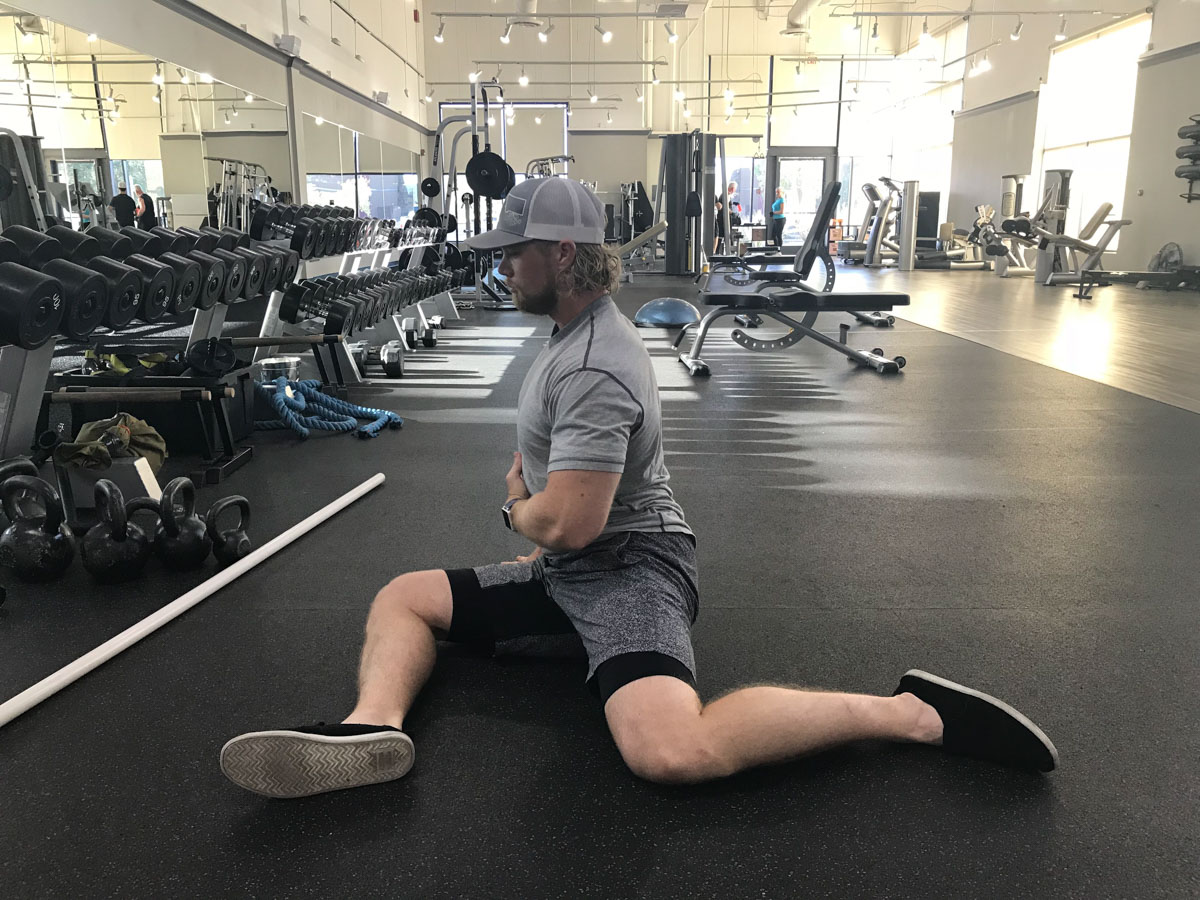


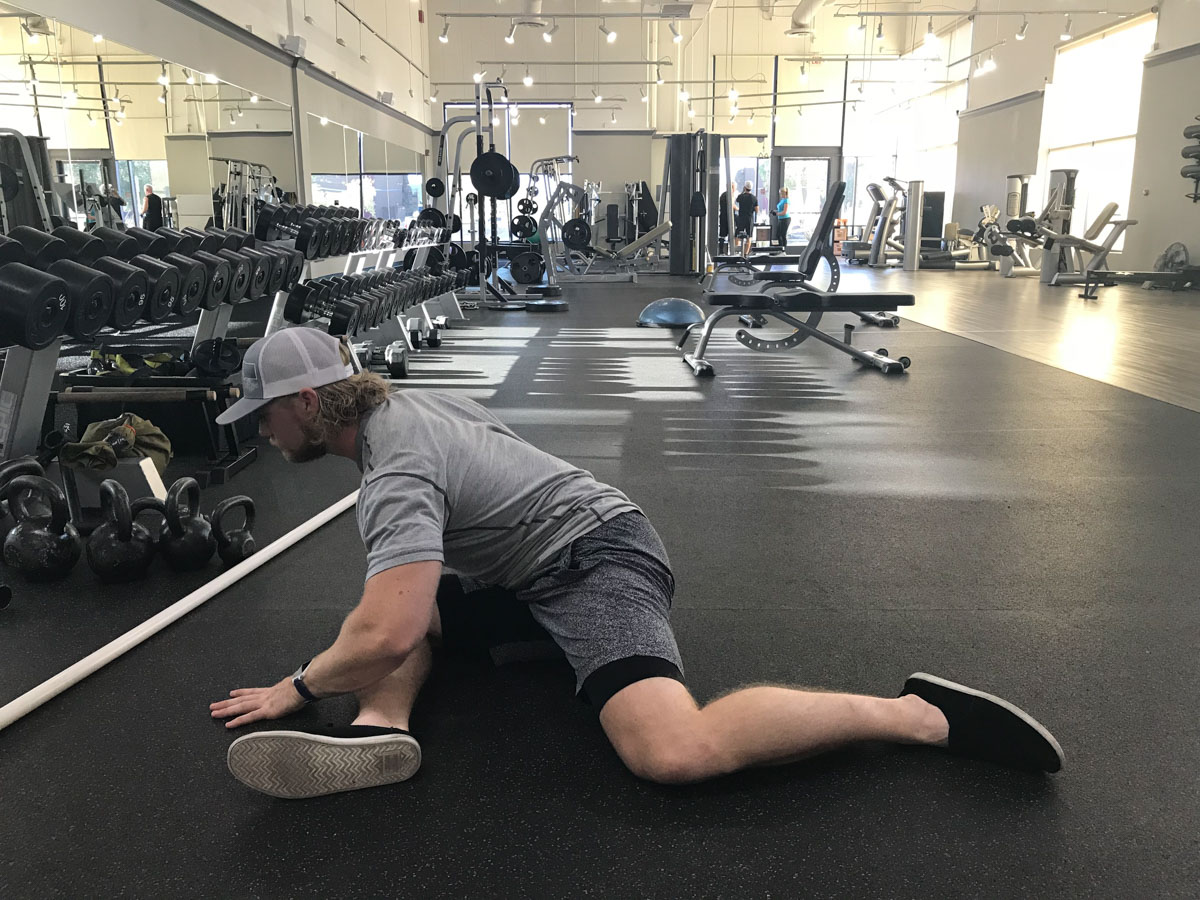

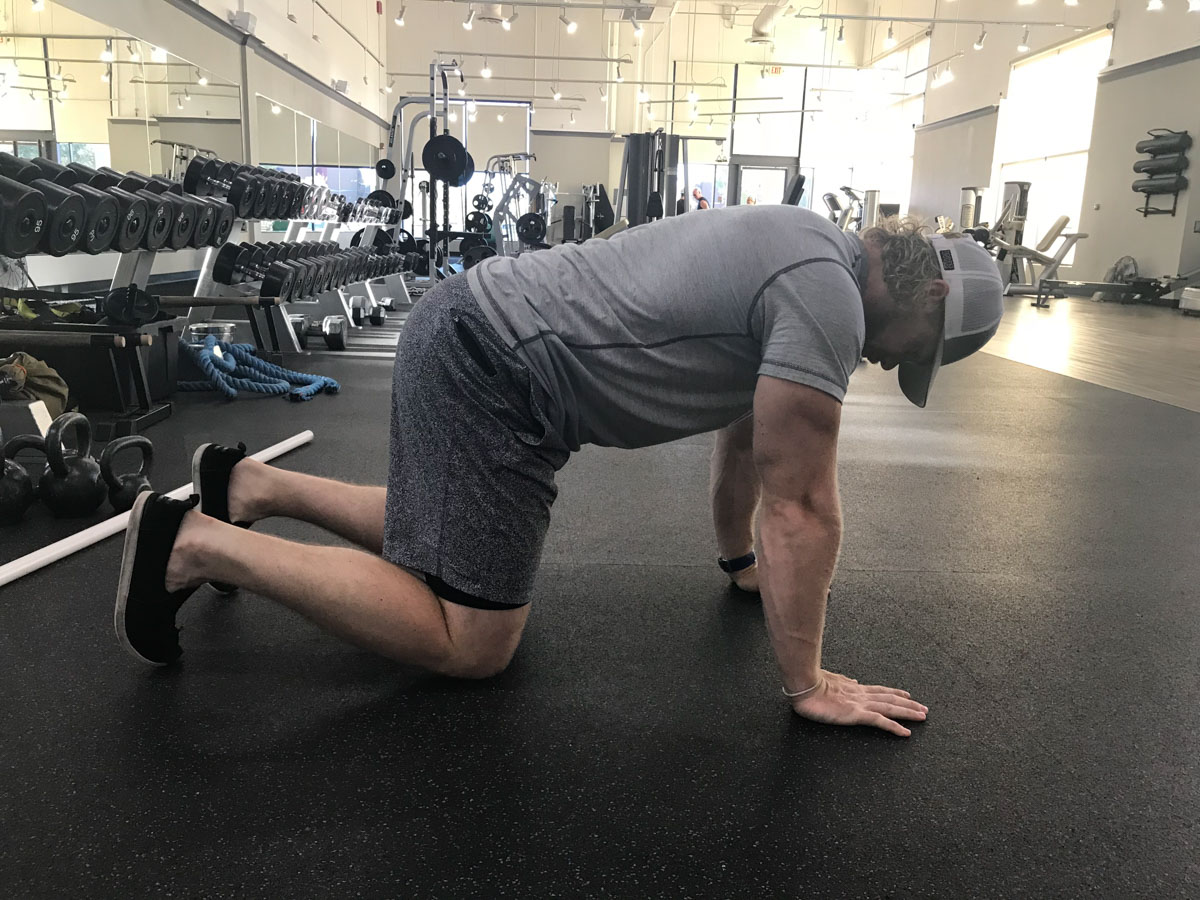

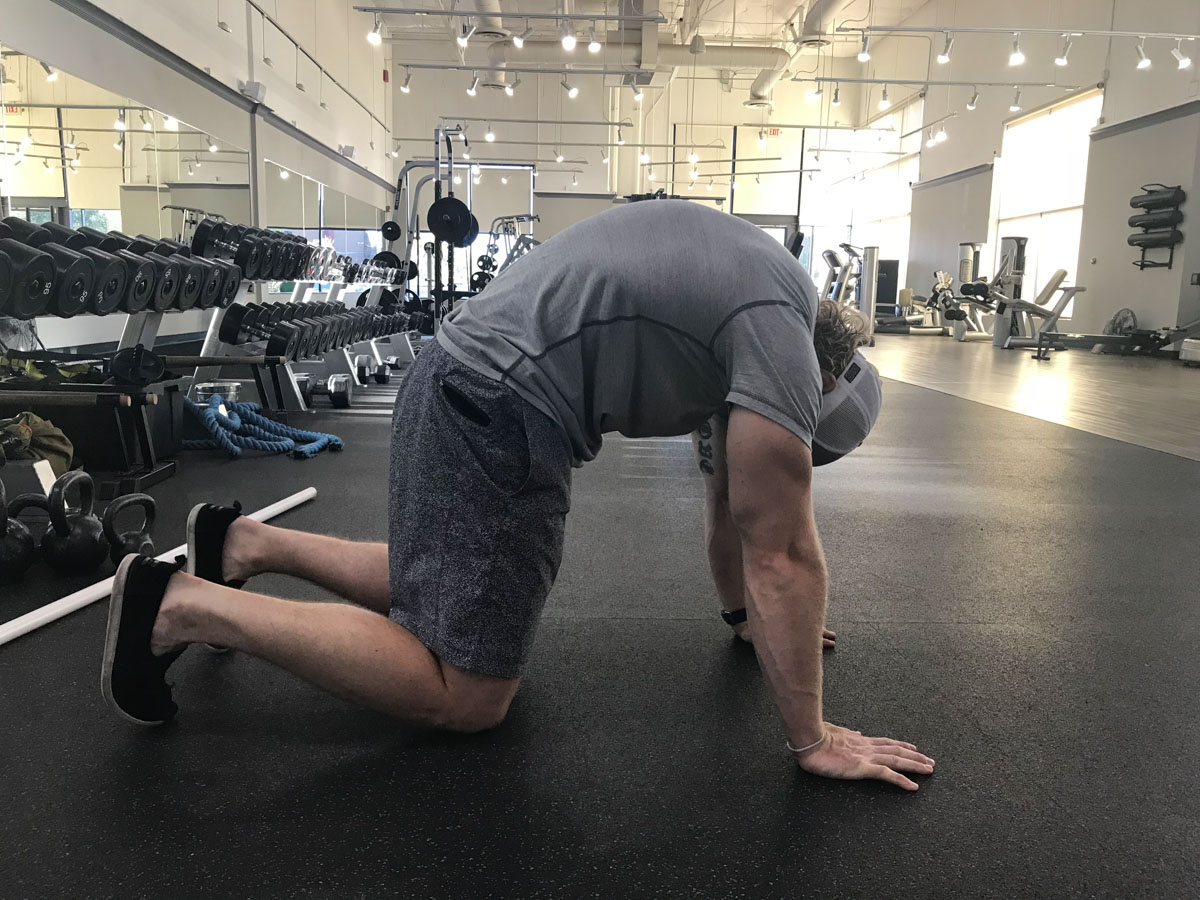


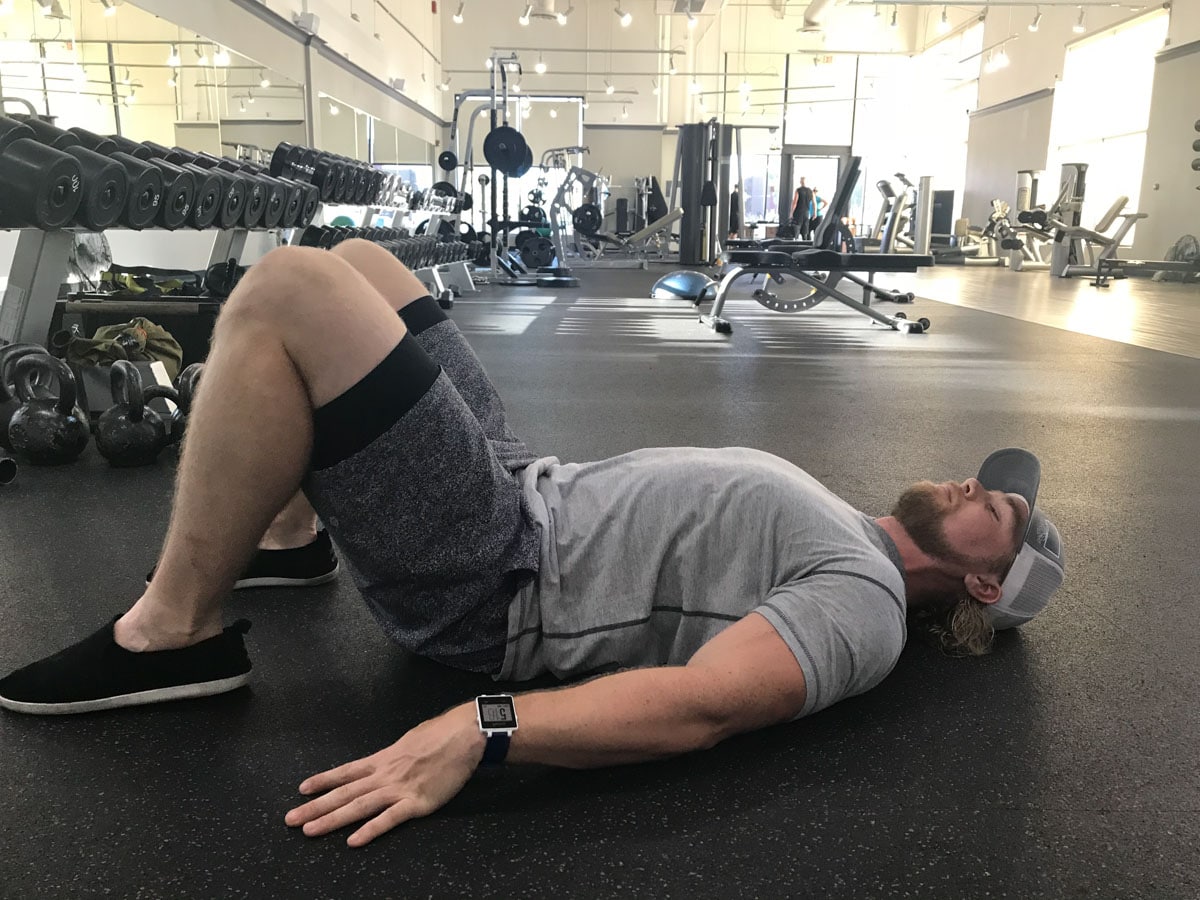
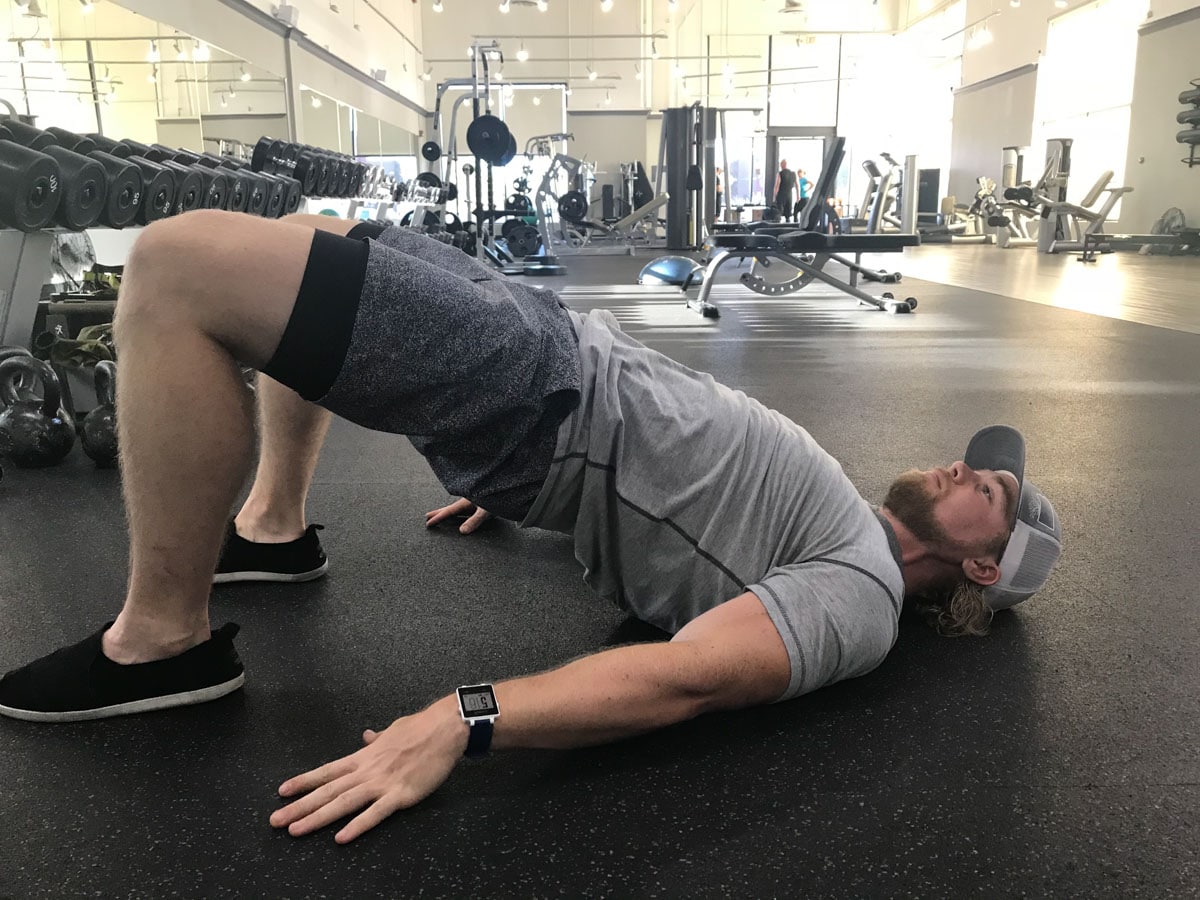

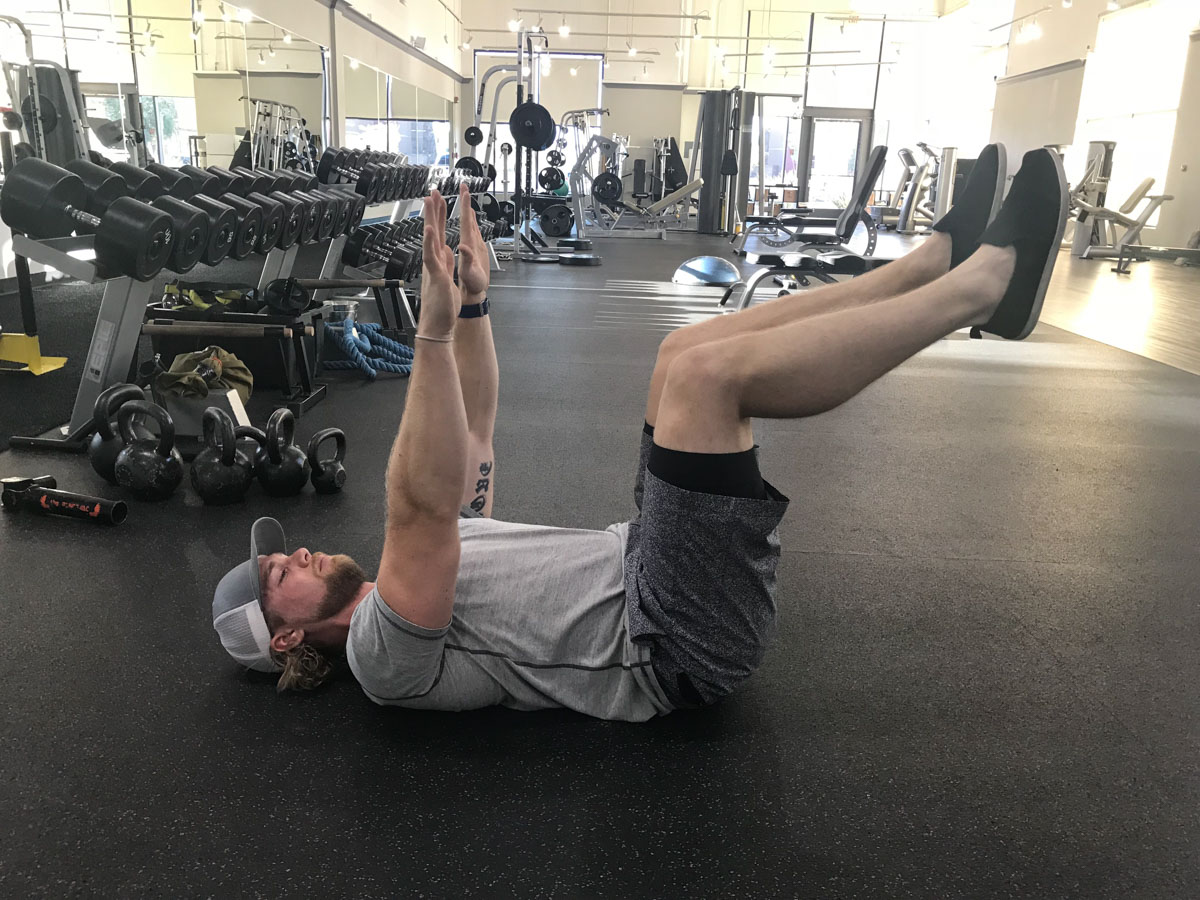
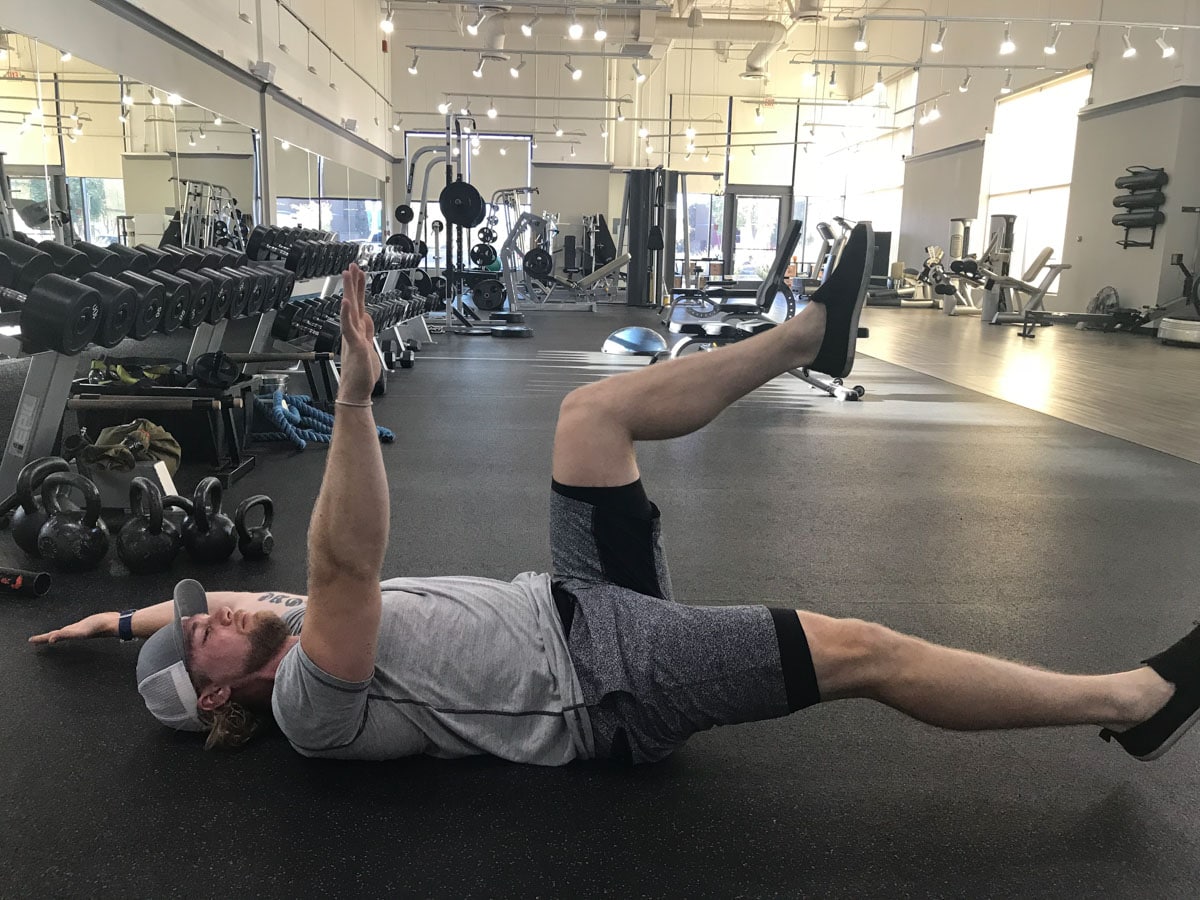



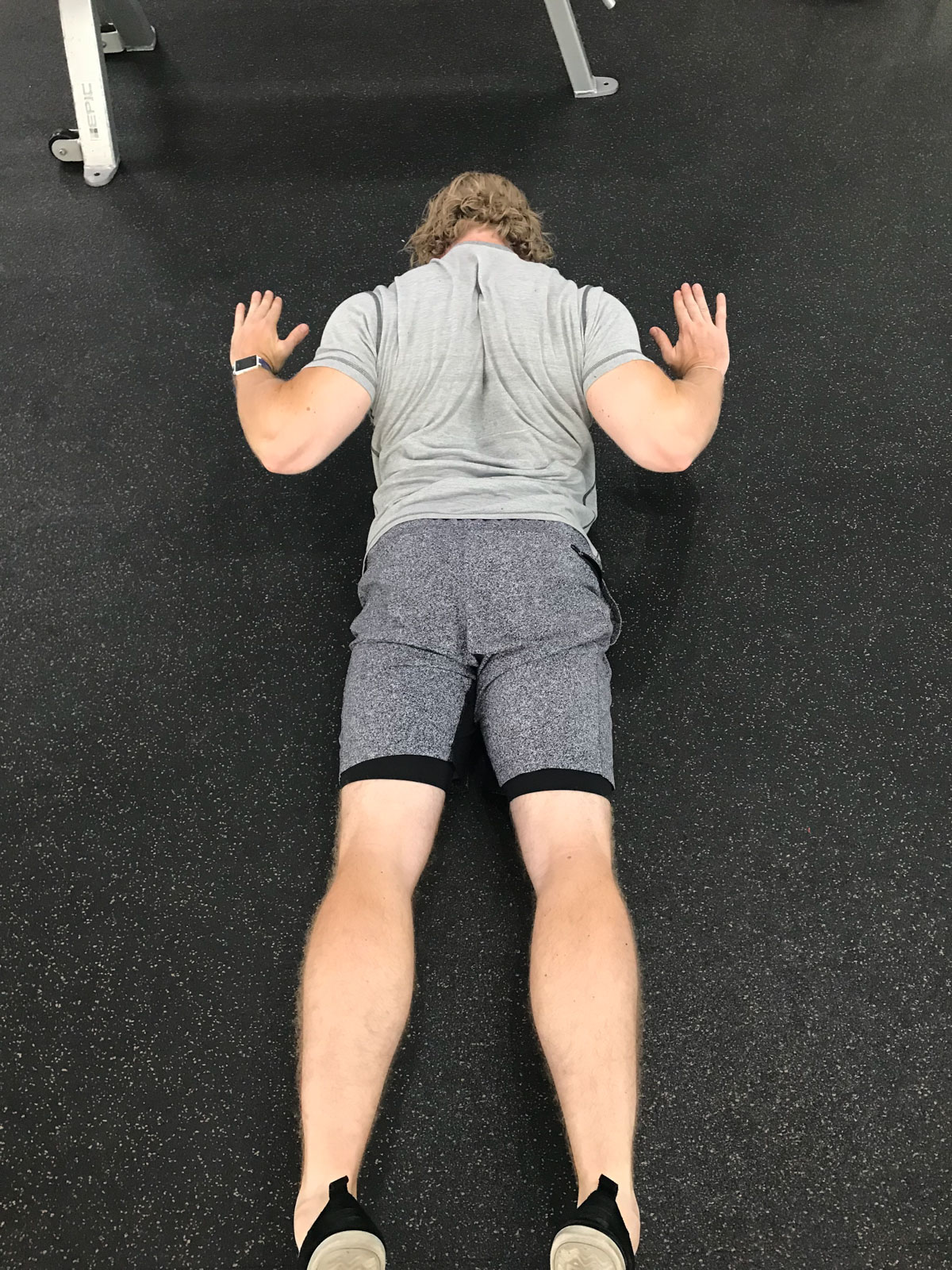
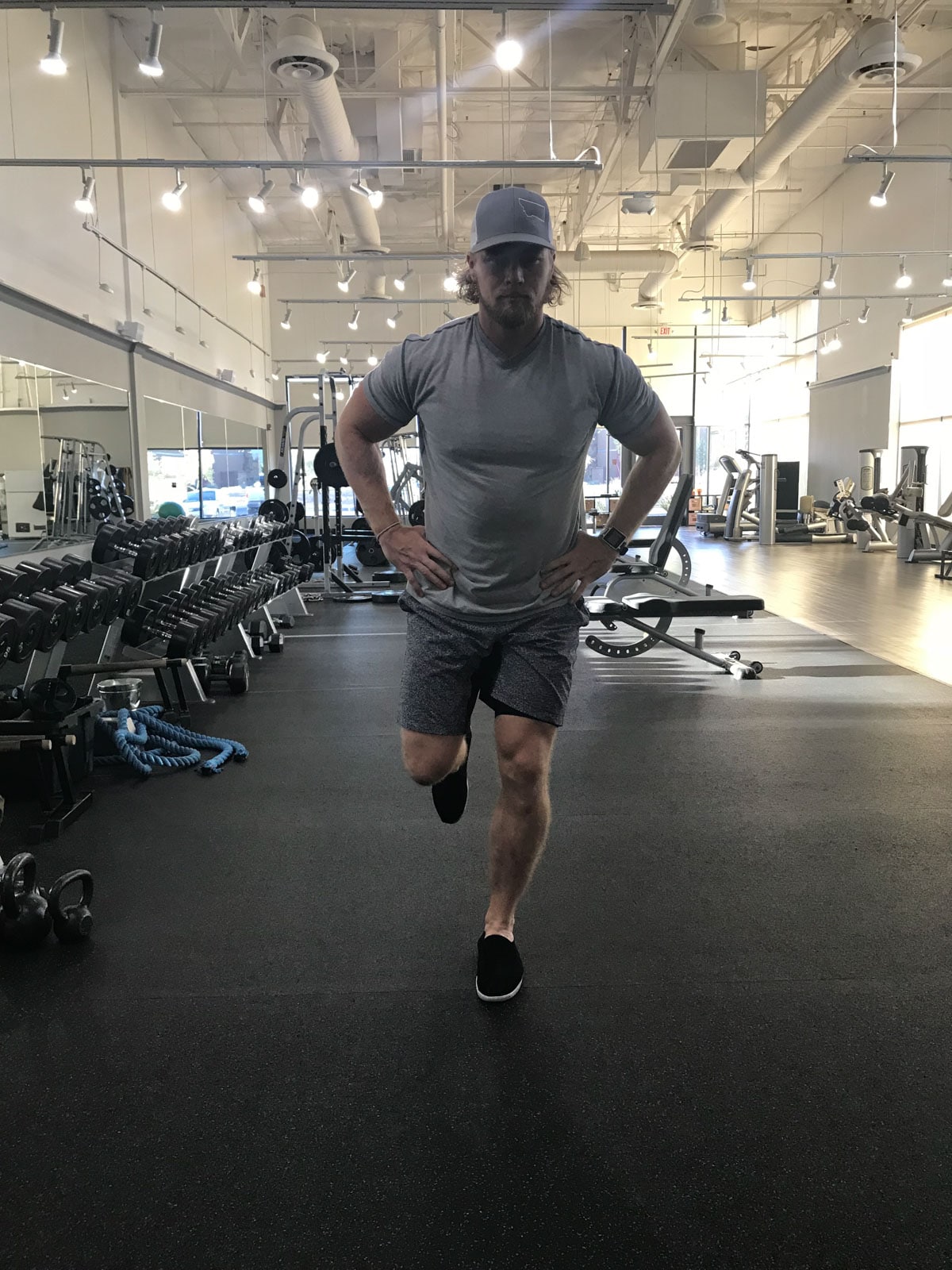



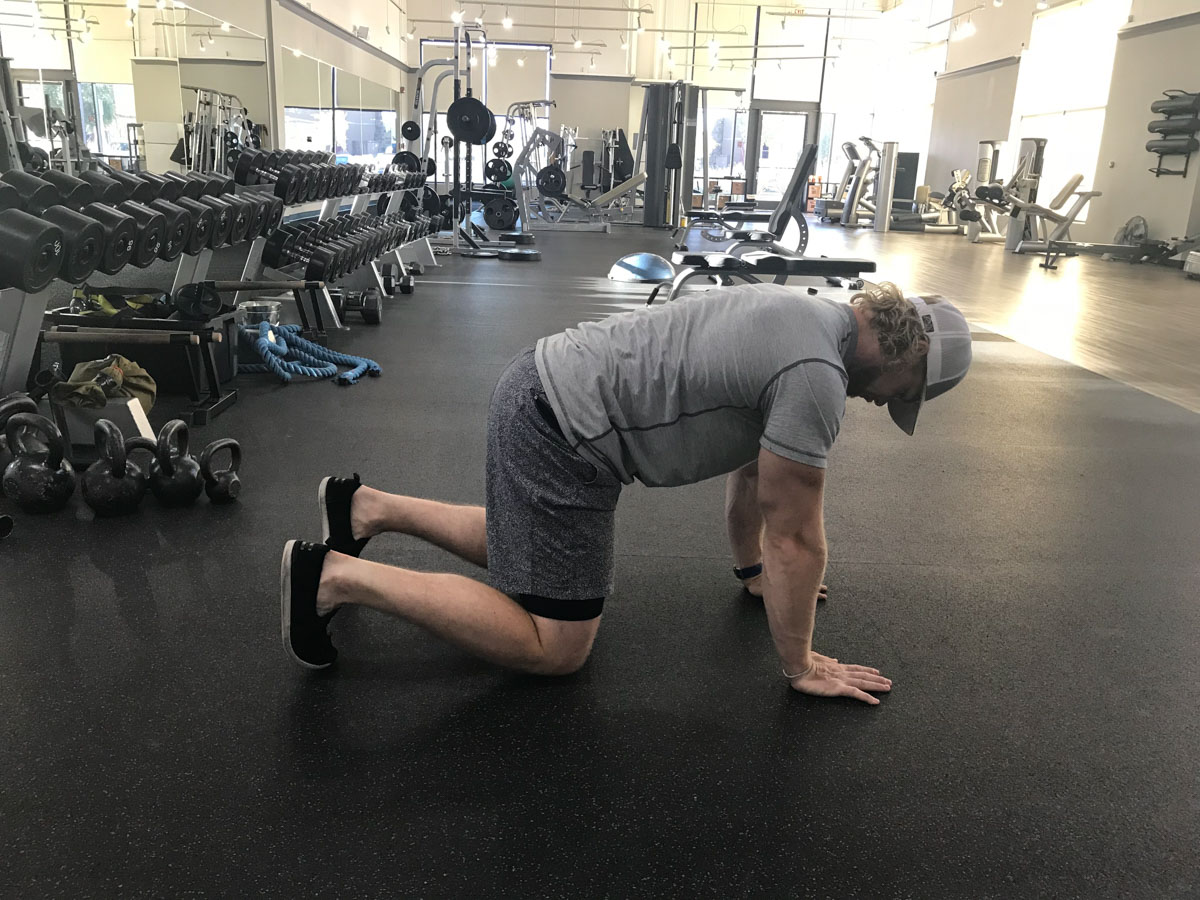
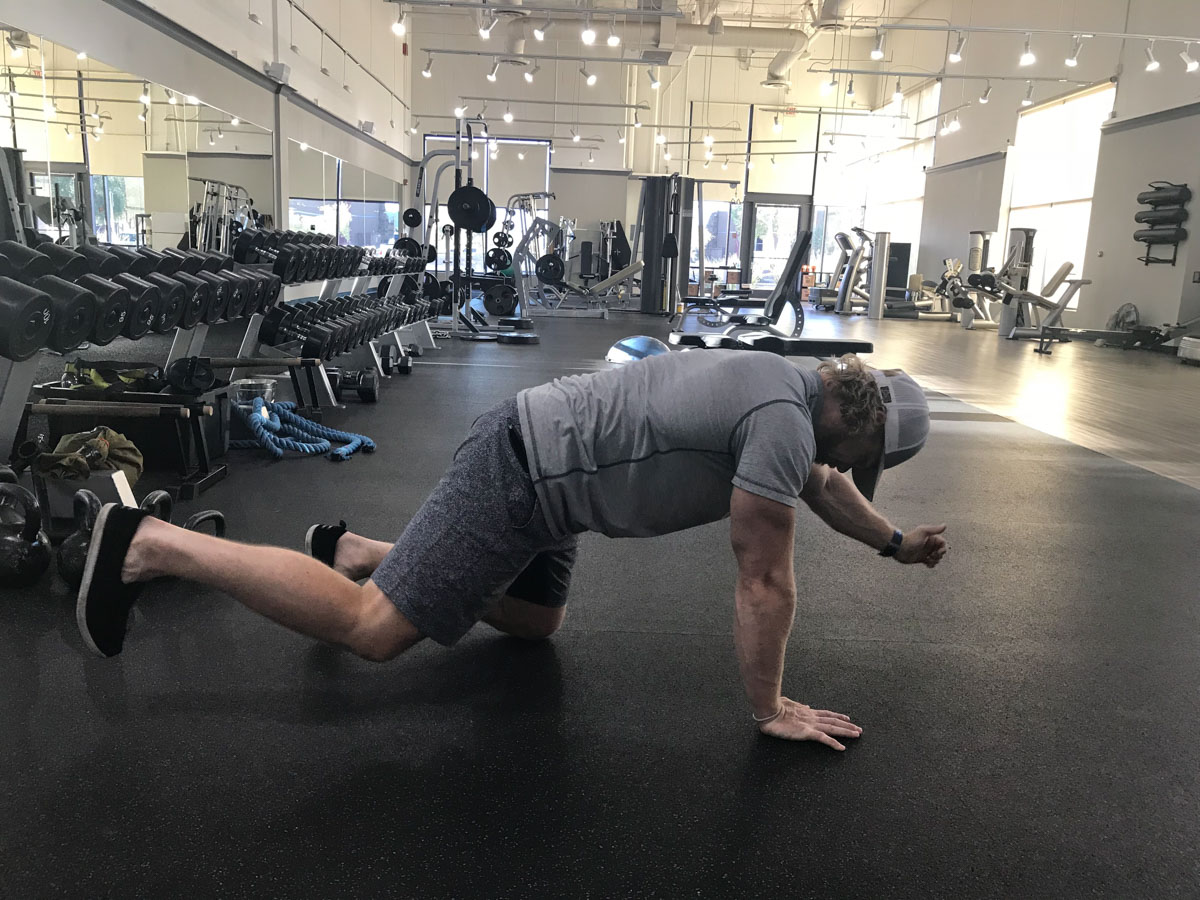
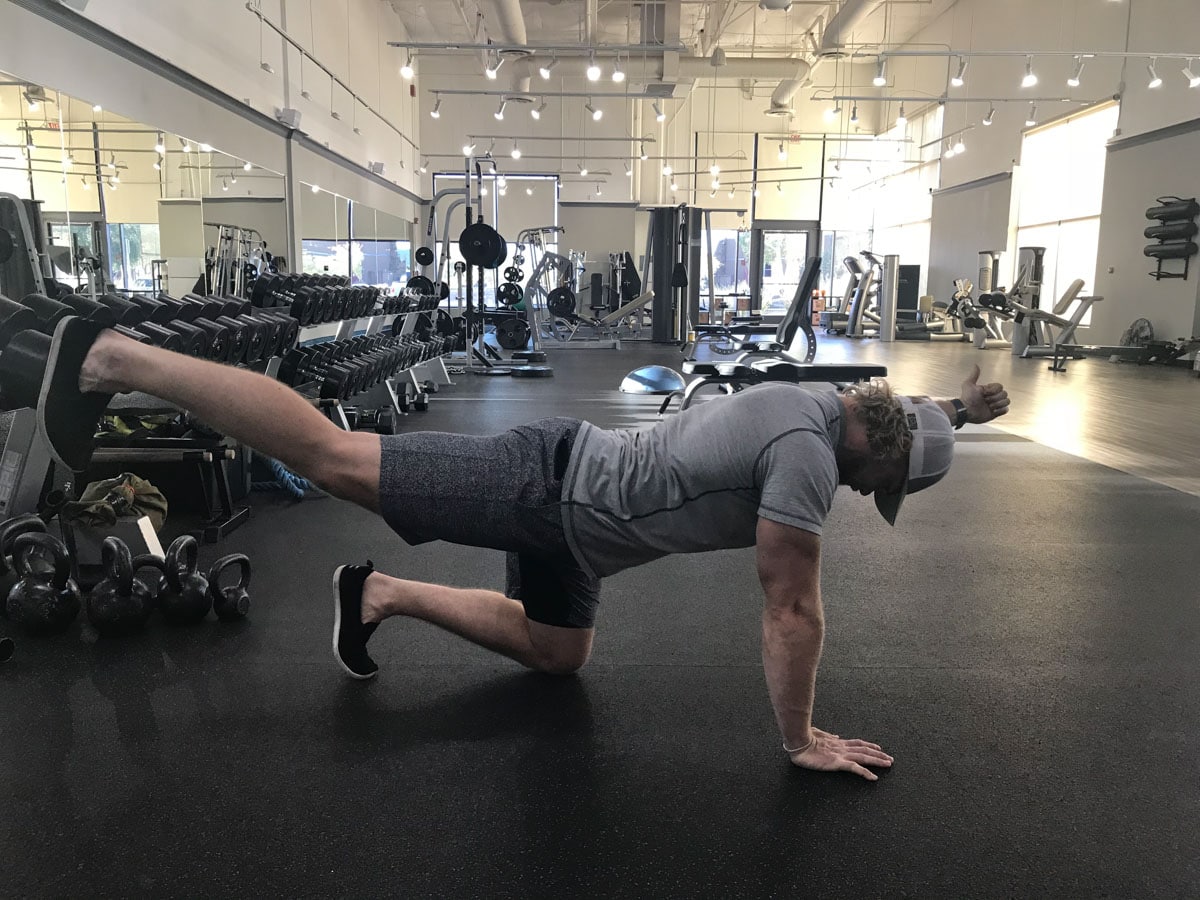

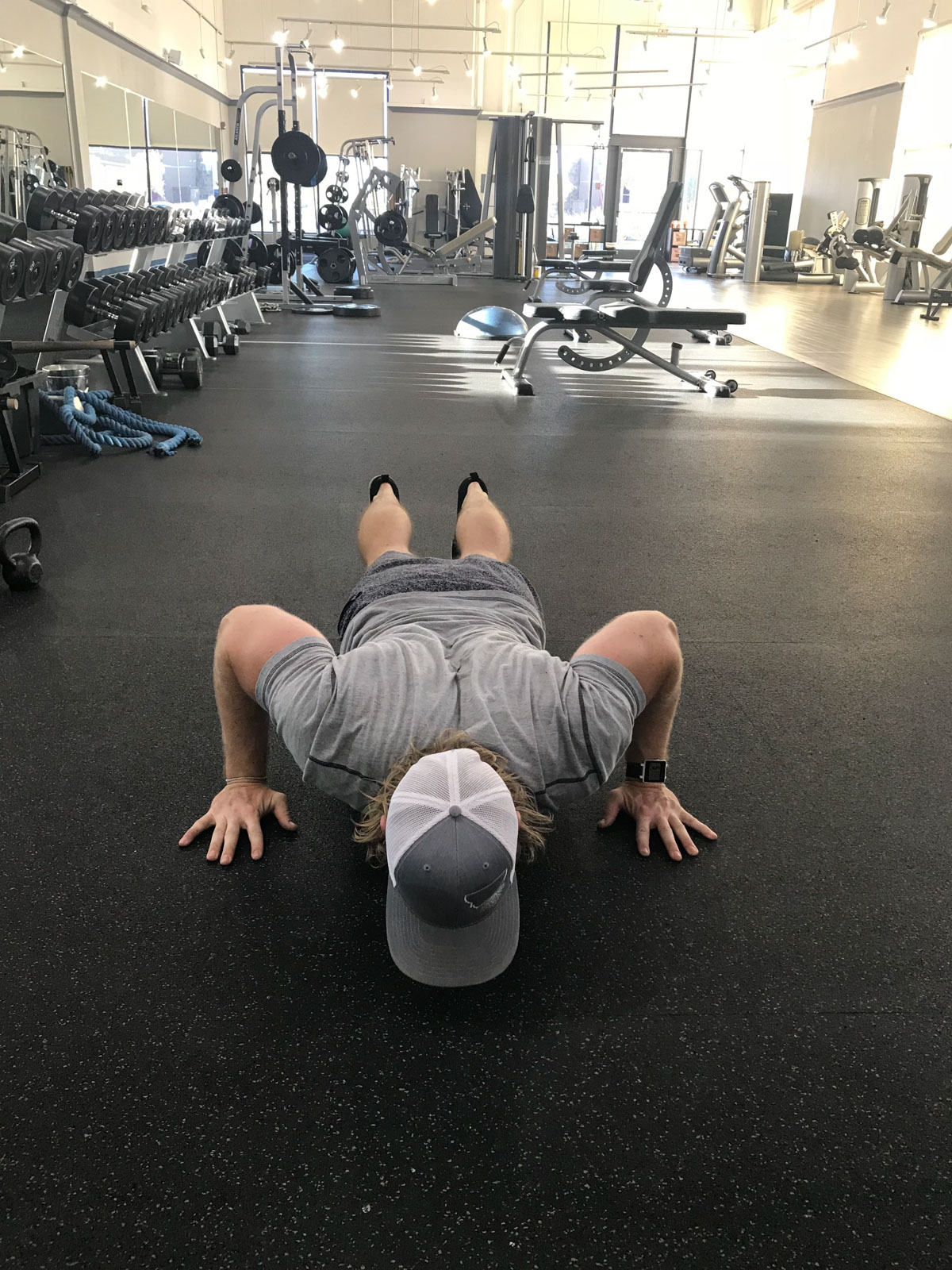

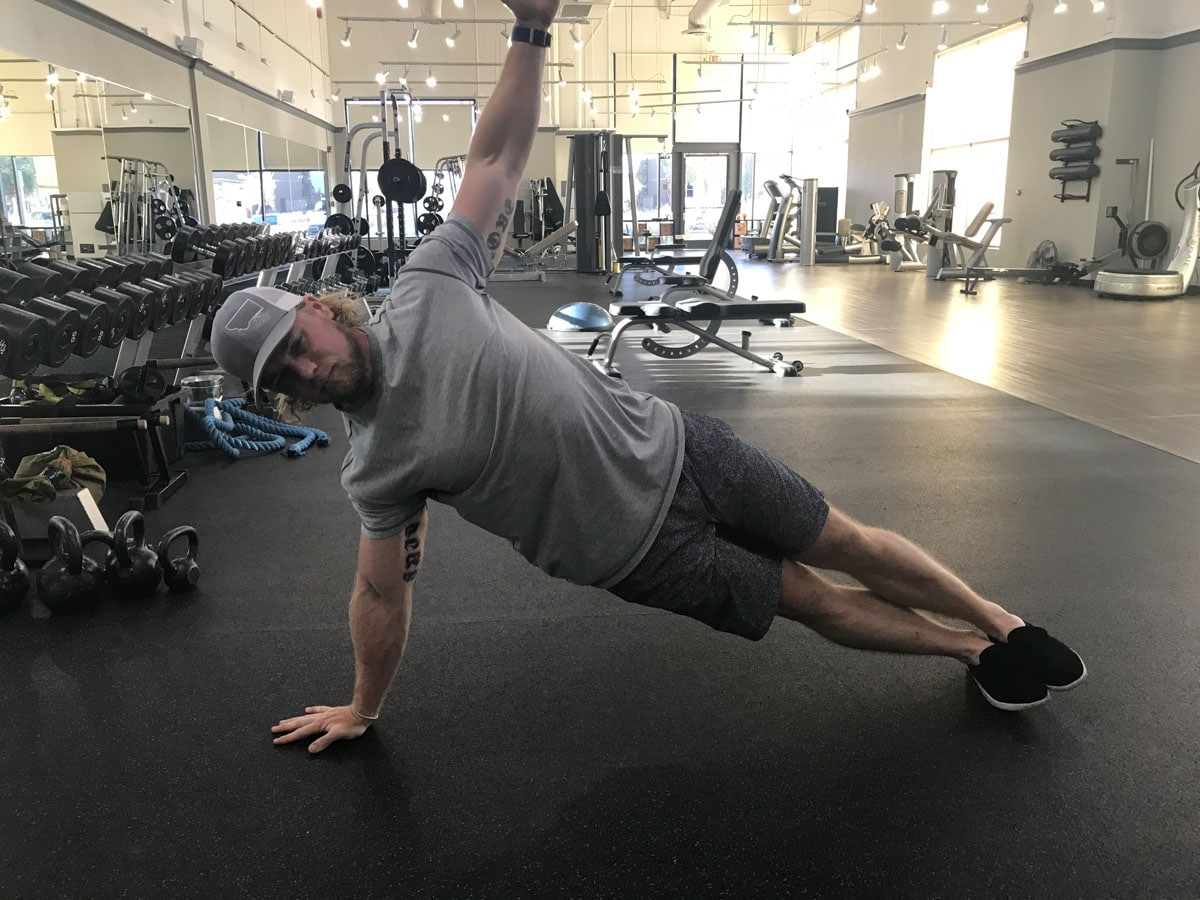

Hello, I like your blog. You have shared such good exercises. These are very helpful for keeping our body fit. Thank you and keep sharing!
its a nice article, informative blog